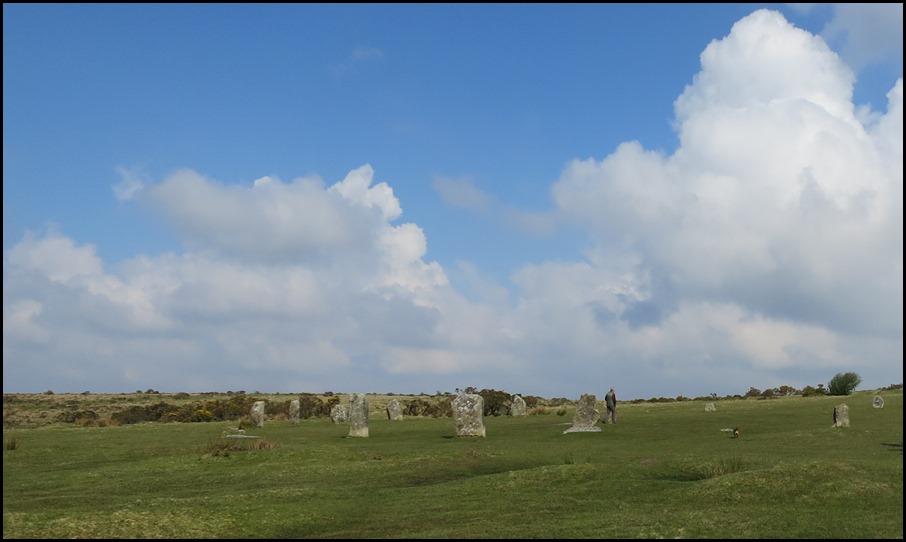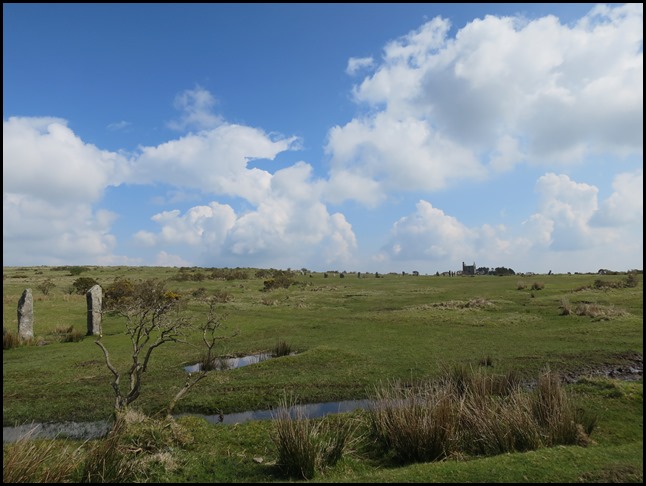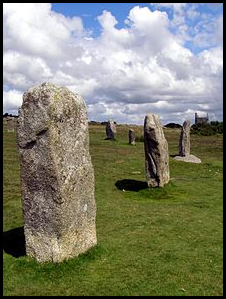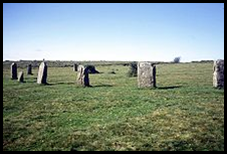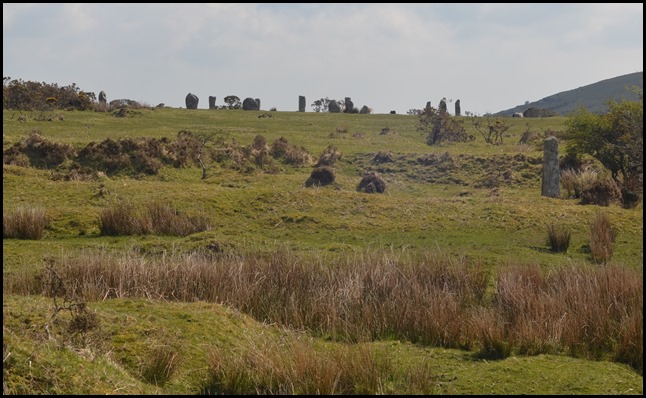The Hurlers

|
The
Hurlers
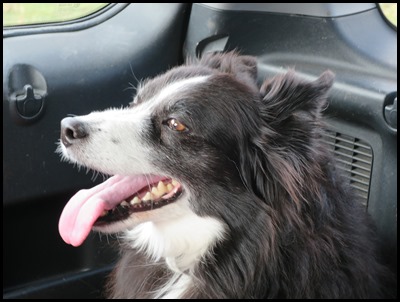 “Would you
like a stroll on the moor,” definitely, said I, yes I’d
love to, said himself. We all piled in to the ‘work’ car, Geoff at the wheel,
Tizzy in the back ready for action.
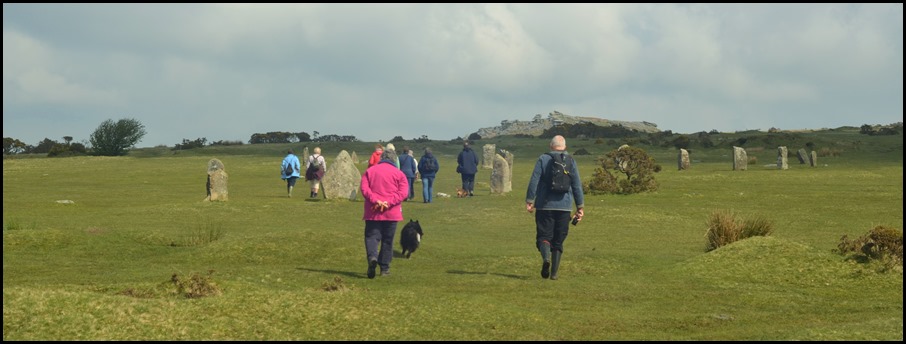 No sooner than we had begun our walk,
Tizzy leading our little group, than we entered a group of stones that looked
placed rather than random. Sabby told us we were standing in the Hurlers, in
Cornish
- An Hurlysi, they are a group of three stone
circles.
The site is half-a-mile west of the village of Minions on the eastern flank of Bodmin
Moor, and approximately four miles north of Liskeard and are
managed by the Cornwall Heritage
Trust
on behalf of English
Heritage.
According to legend, it is difficult to
count the number of the Hurlers, but should you do so correctly, a misfortune
will befall you. Surrounded by deserted mines and other industrial wreckage
these three stone circles are built close together and all in a
line.
 Origin of the Name: The name "Hurlers" derives from a legend, in which men were playing Cornish hurling on a Sunday and were magically transformed into stones as punishment. The "Pipers" are supposed to be the figures of two men who played tunes on a Sunday and suffered the same fate. According to another legend, it is impossible to accurately count the number of standing stones.
Construction: The Hurlers comprises three stone circles that lie on a line from SSW to NNE, and have diameters of one hundred and fifteen feet, one hundred and thirty eight feet and one hundred and eight feet. The two outer stone circles are circular. The middle circle, the largest is slightly elliptical. The survival of the southern stone circle, which now contains nine stones, has been most precarious: only two of the remaining stones are upright and the other seven are partially covered with soil. In the middle circle fourteen stones survive out of twenty eight. The stones show clear traces of being hammered smooth. The northern stone circle contained around thirty standing stones, from which fifteen are still visible.
Two other monoliths, the Pipers – seen from different angles - are three hundred and thirty feet southwest of the middle circle and may be entrance stones to the Hurlers.
Early Accounts: The earliest mention of the Hurlers was by historian John Norden, who visited them around 1584. They were described by William Camden in his Britannia of 1586. In 1754 William Borlase published the first detailed description of the site.
Middle Circle Hurlers.
Excavations: C. A. Ralegh-Radford excavated the site in the 1930’s, and partly restored the two northern circles by re-erecting some stones and placing marker stones in the positions of those missing. Archives from the unpublished excavation reports have been re-evaluated by Jacky Nowakowski (Cornwall Heritage Trust) and John Gould (English Heritage) and may result in more analysis and publication. There have been several subsequent investigations. Between 1975 -1985 aerial survey and subsequent analysis by various teams, (including Cambridge University, University College London, RCHME and co-ordinated by Cornwall Archaeology Unit) was used to identify and map the features. English Heritage conducted a geophysical survey in 2004. A survey by the Cornwall Archeological Unit in 2009 indicated that there might also be a fourth circle and two stone rows. The Hurlers was scheduled as an ancient monument in 1929, and the protected area was extended in 1994 to include the Pipers.
North Circle.
The historian William Camden wrote in 1610: “The neighbouring inhabitants terme them Hurlers, as being by devout and godly error perswaded that they had been men sometime transformed into stones, for profaning the Lord's Day with hurling the ball: but in truth show a note of such victory, or else are so set, for landmarks and boundaries"
ALL IN ALL PEACEFUL AND SO INTERESTING INCREDIBLE |

